Sakiko Nomura, Depicting Love in a Time of War
The series 'Ango' by the Japanese photographer is placed alongside the poignant short story published in 1946 by Ango Sakaguchi.
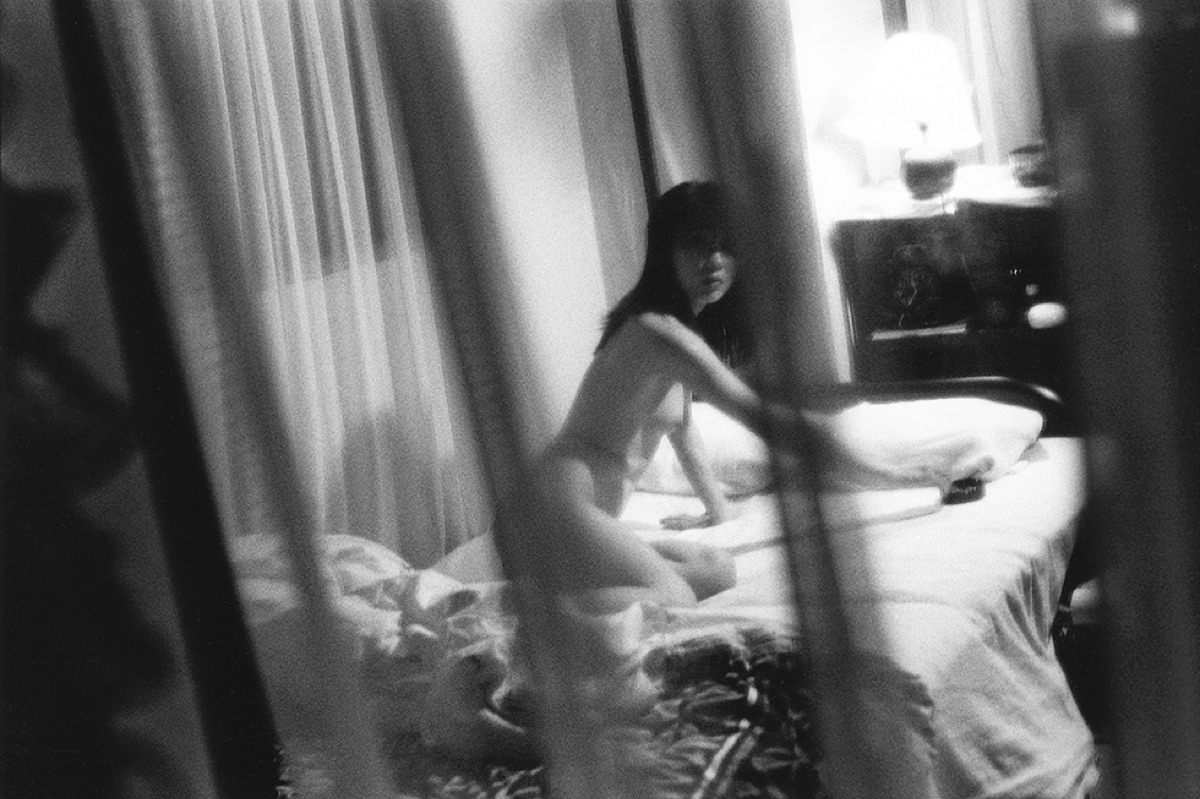
© Sakiko Nomura
Photography can be used to illustrate history and pay homage to a text. Censored for half a century in Japan, the short story The War and a Woman (1946) by Ango Sakaguchi is illuminated by the work of photographer Sakiko Nomura in the photo book Ango (2017). This project came about as part of a series initiated by publisher and designer Satoshi Machiguchi, in which he invites Japanese photographers to get involved with works of Japanese literature. Ango is the fourth part of the series, the first three books having been created in collaboration with Daido Moriyama.
Born in 1967, Sakiko Nomura began her career working with Nobuyoshi Araki. She works primarily in black and white on themes related to intimacy, whether sentimental, psychological, or sexual, like in the series sex/snow, published in 2014.
Intimacy as a refuge from pervading despair
When it was released in 1946, The War and a Woman was censored by the Americans and their GHQ (General Headquarters). The short story was considered a form of propaganda, promoting love during the war; the original version would only be authorised in 2000. The story addresses a sensitive subject: romantic relationships as an escape from the chaos created by the war. In The War and a Woman, the author depicts the relationship between a former prostitute and a man during the Second World War, as the end of the conflict already seems written for the protagonists. The relationship described by the author does not appear to be motivated by feelings of love, but rather acts as a refuge in the face of the prevailing sense of despair.
To create this series, Sakiko Nomura worked with archives for months to bring the author’s words to life with touching photographs, filled with eroticism and sorrow. When the book was published, the photographer explained: ‘There’s the writer Ango Sakaguchi, and there’s me. I hope that, through the selection of photographs that seek to add another dimension to the work, the readers will be able to experience a brand-new universe.’ The book examines the decline and despair felt by humanity in the face of the global conflict. A prostitute shares with her lover the erotic euphoria procured by fire and destruction in the middle of ruins and charred bodies. It is not love that brings them together, but rather the prevailing sense of chaos. Amid the night-time bombings, the woman oscillates between an intense desire for life and the fear of dying in a country that is suffering the same fate.
The photographs, with pronounced grain, present the couple’s private world, with intimate, sensual, or everyday and banal, yet sensitive scenes in a home where the warmth contrasts with the coldness and violence of the outside environment.
In 2012, Ango Sakaguchi’s short story was reinterpreted as a manga by Yoko Kondo, and was published by Editions Picquier (not currently available in English).
Ango (2017), a book of photographs by Sakiko Nomura, is published by bookshop M.
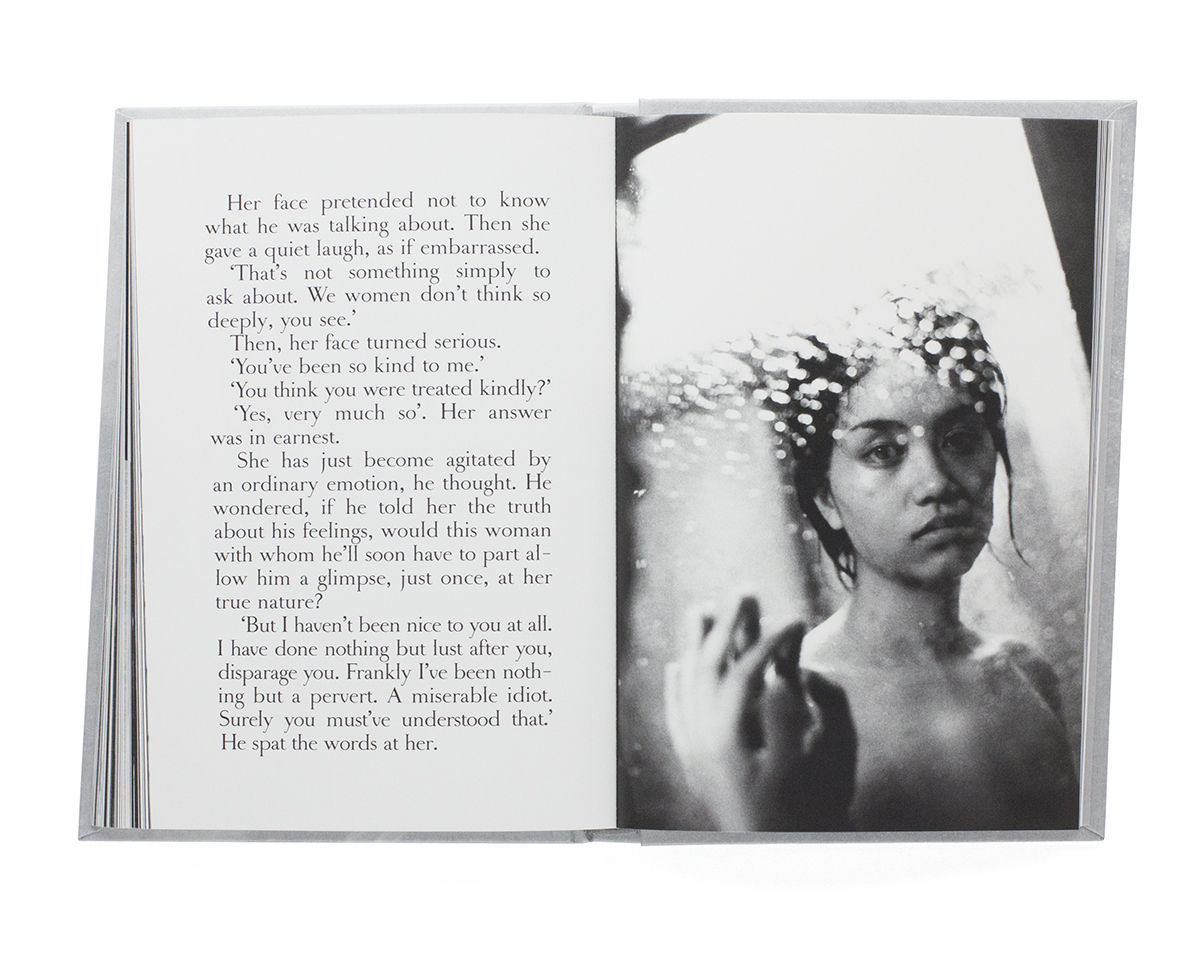
© Sakiko Nomura
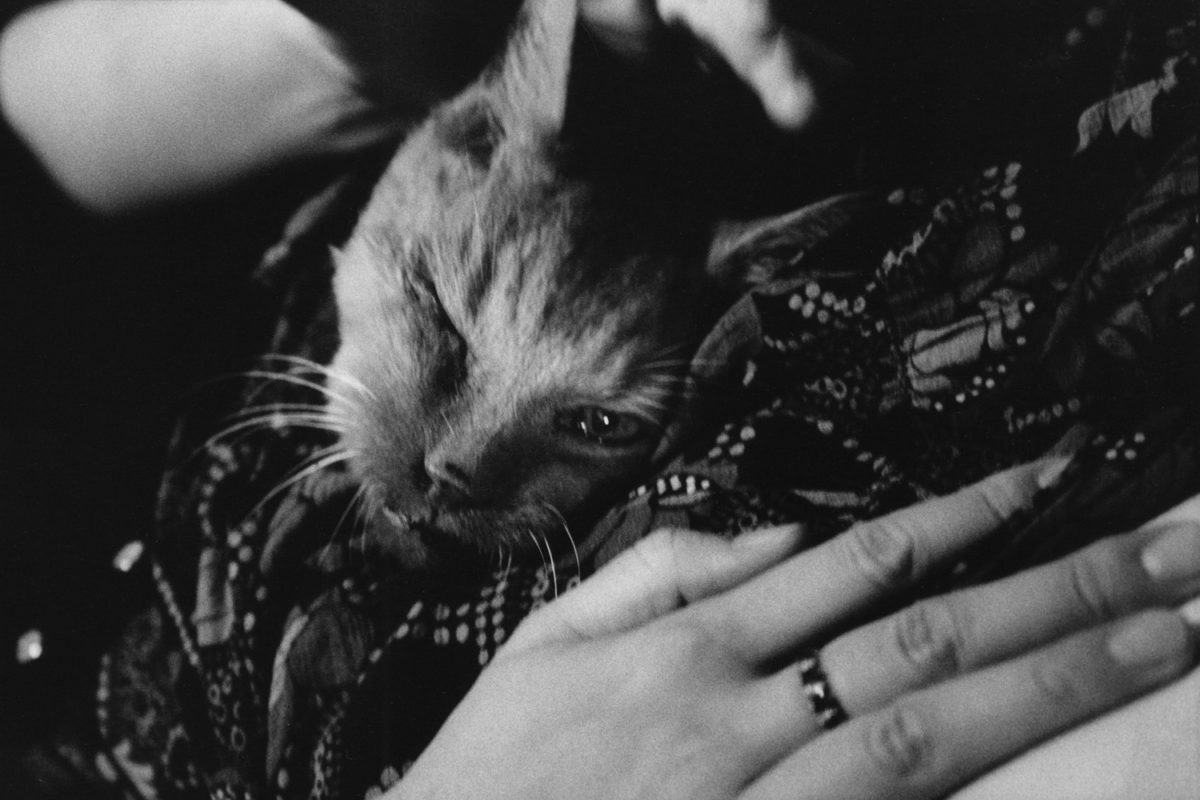
© Sakiko Nomura
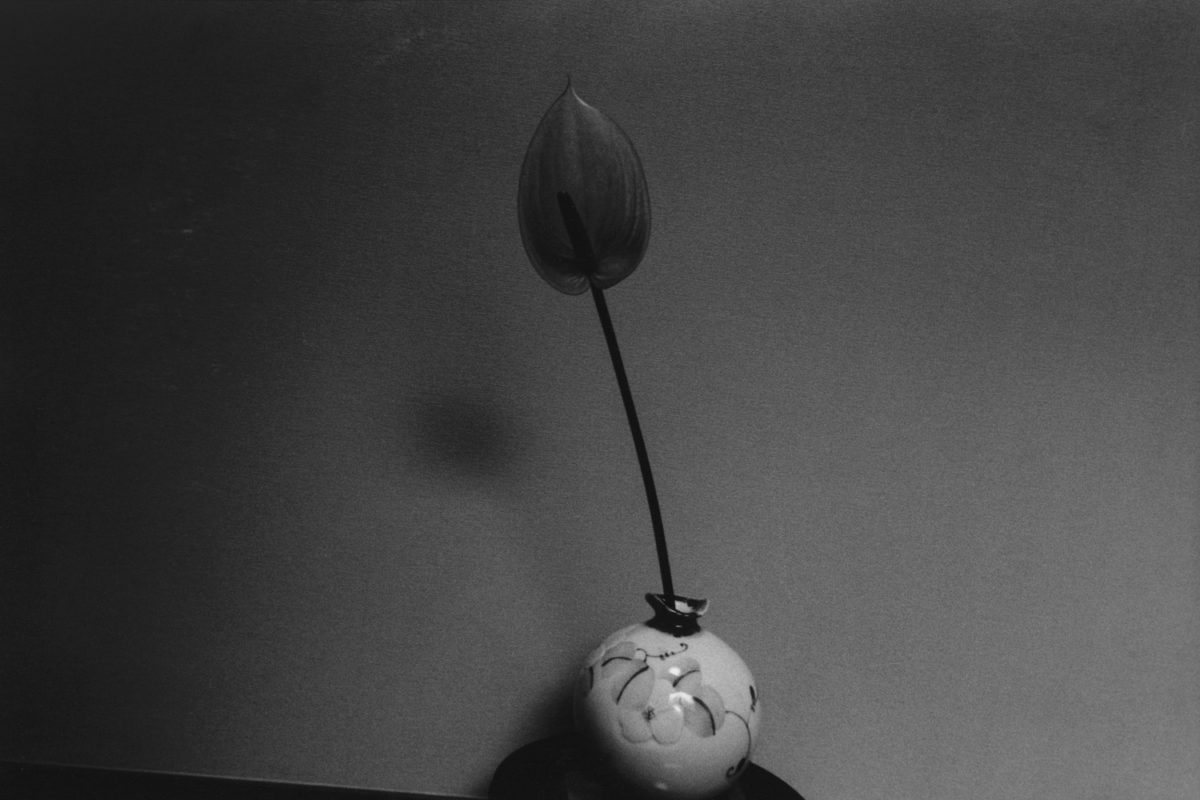
© Sakiko Nomura

© Sakiko Nomura
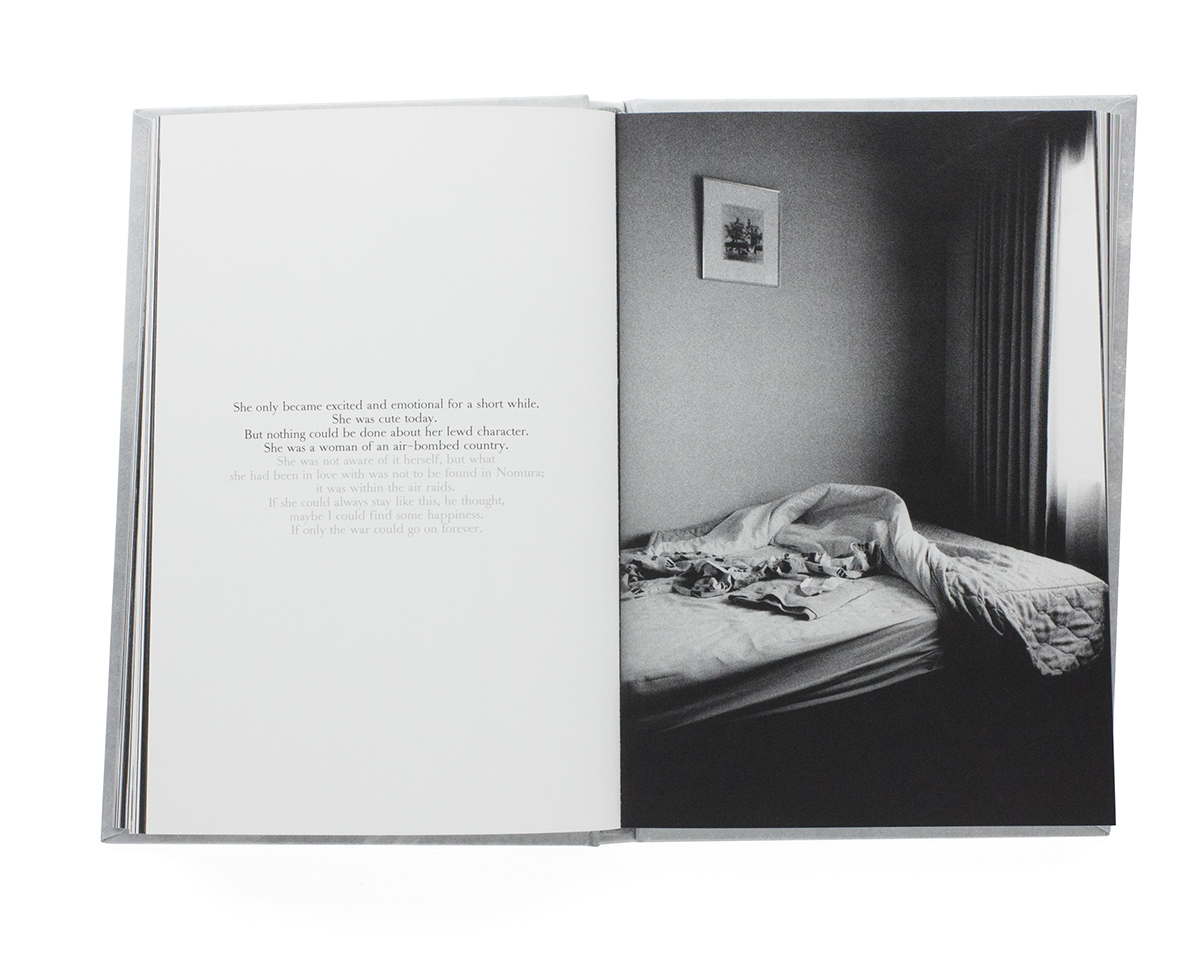
© Sakiko Nomura

© Sakiko Nomura
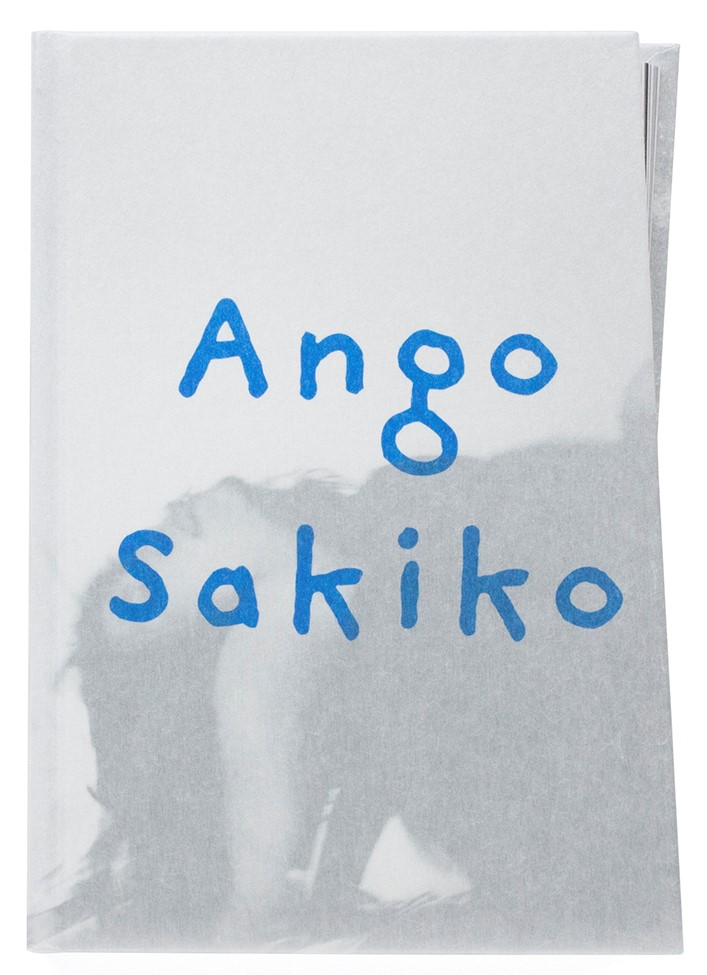
© Sakiko Nomura
TRENDING
-
The Tattoos that Marked the Criminals of the Edo Period
Traditional tattoos were strong signifiers; murderers had head tattoos, while theft might result in an arm tattoo.

-
Chiharu Shiota, Red Threads of the Soul
Last year, more than 660,000 people visited the retrospective 'Chiharu Shiota: The Soul Trembles' exhibit at the Mori Art Museum.

-
‘Before Doubting Others, Doubt Yourself. Who Can Truly Say a Dish Isn’t What It Used to Be?’
In ‘A Non-Conformist’s Guide to Surviving Society’, author Satoshi Ogawa shares his strategies for navigating everyday life.

-
The Story of Sada Yacco, the Geisha who Bewitched Europe
Described by Dazed magazine as the first beauty influencer, she has been restored to her former glory since 2019.

-
Ito Jakuchu's Naturalist Paintings
From 15 September until 14 October 2018, the Petit Palais showcased the artist's iconic ‘Images of the Colourful Realm of Living Beings’.





